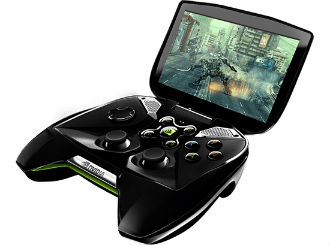 The news that Nvidia and Baidu have teamed up on AI is great news for the channel, according to Moor Insights and Strategy’s Patrick Moorhead.
The news that Nvidia and Baidu have teamed up on AI is great news for the channel, according to Moor Insights and Strategy’s Patrick Moorhead.
Moorhead said that the key will be for channel partners to aggressively develop AI expertise and programmes within their companies and to establish themselves as thought leaders in the market.
In a way, AI is just another way of doing analytics and in the hierarchy of analytics, machine learning is at the top, he said. “Whether it’s super-sophisticated SIs all the way to resellers, where there is not a lot of value added there is opportunity for people to make money from AI.”
The Nvidia and Baidu deal shows how AI can be used in a wide range of markets. Baidu will use Nvidia’s next-generation Volta GPUs in its public cloud to deliver a robust deep learning platform to its customers and the chip maker’s PX platform for its self-driving car effort and to help Chinese carmakers create autonomous vehicles. Baidu will optimise its PaddlePaddle open-source deep learning framework for the Volta GPUs and make it available to researchers and academic institutions and will add its DuerOS conversational AI system to Nvidia’s Shield streaming console.
Moorhead said that VARs will be able to resell AI platforms from vendors, such as IBM. Big Blue offers PowerAI, a toolkit that includes all the top machine learning platforms, such as TensorFlow, Caffe, Theano and Chainer, running on IBM Power systems.
Partners also can integrate their own AI platforms or those from other companies atop hardware to offer to customers and “establish though leadership with clients or create new accounts”, he said.
Cloud providers like Microsoft Azure and Google Cloud Platform offer channel partners a percentage of the revenue when they bring in customers to use the AI platforms they offer on their public clouds.
SIs and other solution providers also can also help stand up AI clouds and services that customers can leverage, he said.
Most of the momentum in AI and machine learning is happening with component makers, like Nvidia, Intel and Advanced Micro Devices, and with public cloud providers, Moorhead said. Partners will want to look for how they can add value to what is being offered and developed, he added.
Solution providers also need to educate themselves about AI, develop the kinds of applications that customers can use in AI environments and establish relationships with the top vendors in the market.


















